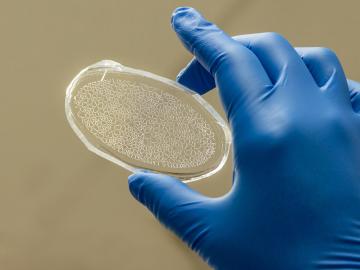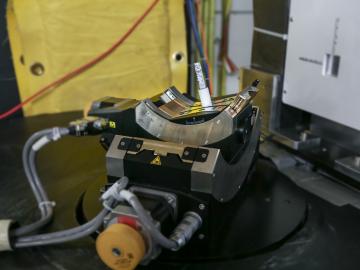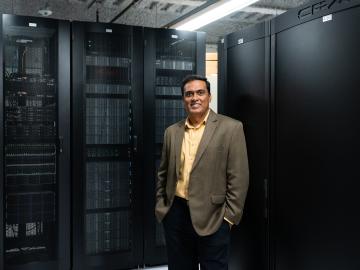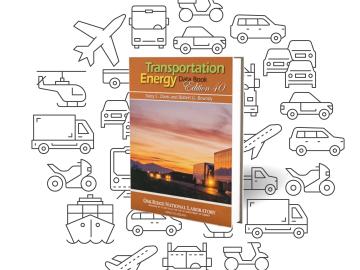
Filter News
Area of Research
News Type
News Topics
- (-) Artificial Intelligence (8)
- (-) Big Data (10)
- (-) Grid (9)
- (-) Nanotechnology (12)
- (-) Neutron Science (13)
- (-) Polymers (7)
- (-) Security (6)
- (-) Space Exploration (5)
- (-) Transportation (13)
- 3-D Printing/Advanced Manufacturing (9)
- Advanced Reactors (1)
- Bioenergy (18)
- Biology (24)
- Biomedical (9)
- Biotechnology (2)
- Buildings (12)
- Chemical Sciences (6)
- Clean Water (6)
- Composites (6)
- Computer Science (25)
- Coronavirus (7)
- Critical Materials (4)
- Cybersecurity (6)
- Energy Storage (11)
- Environment (34)
- Exascale Computing (5)
- Frontier (4)
- Fusion (9)
- High-Performance Computing (11)
- Hydropower (8)
- Irradiation (1)
- Isotopes (6)
- ITER (1)
- Machine Learning (6)
- Materials (19)
- Materials Science (19)
- Mercury (2)
- Microscopy (15)
- Molten Salt (4)
- National Security (10)
- Nuclear Energy (11)
- Partnerships (2)
- Physics (10)
- Quantum Computing (5)
- Quantum Science (6)
- Simulation (5)
- Summit (5)
Media Contacts

Scientists at ORNL have created a miniaturized environment to study the ecosystem around poplar tree roots for insights into plant health and soil carbon sequestration.

To further the potential benefits of the nation’s hydropower resources, researchers at Oak Ridge National Laboratory have developed and maintain a comprehensive water energy digital platform called HydroSource.

Oak Ridge National Laboratory researchers are developing a first-of-its-kind artificial intelligence device for neutron scattering called Hyperspectral Computed Tomography, or HyperCT.

When the COVID-19 pandemic stunned the world in 2020, researchers at ORNL wondered how they could extend their support and help

Chemical and environmental engineer Samarthya Bhagia is focused on achieving carbon neutrality and a circular economy by designing new plant-based materials for a range of applications from energy storage devices and sensors to environmentally friendly bioplastics.

The Atmospheric Radiation Measurement Data Center is shepherding changes to its operations to make the treasure trove of data more easily available accessible and useful to scientists studying Earth’s climate.

Oak Ridge National Laboratory researchers developed an invertible neural network, a type of artificial intelligence that mimics the human brain, to improve accuracy in climate-change models and predictions.

It’s a simple premise: To truly improve the health, safety, and security of human beings, you must first understand where those individuals are.

What’s getting Jim Szybist fired up these days? It’s the opportunity to apply his years of alternative fuel combustion and thermodynamics research to the challenge of cleaning up the hard-to-decarbonize, heavy-duty mobility sector — from airplanes to locomotives to ships and massive farm combines.

It’s been referenced in Popular Science and Newsweek, cited in the Economic Report of the President, and used by agencies to create countless federal regulations.


